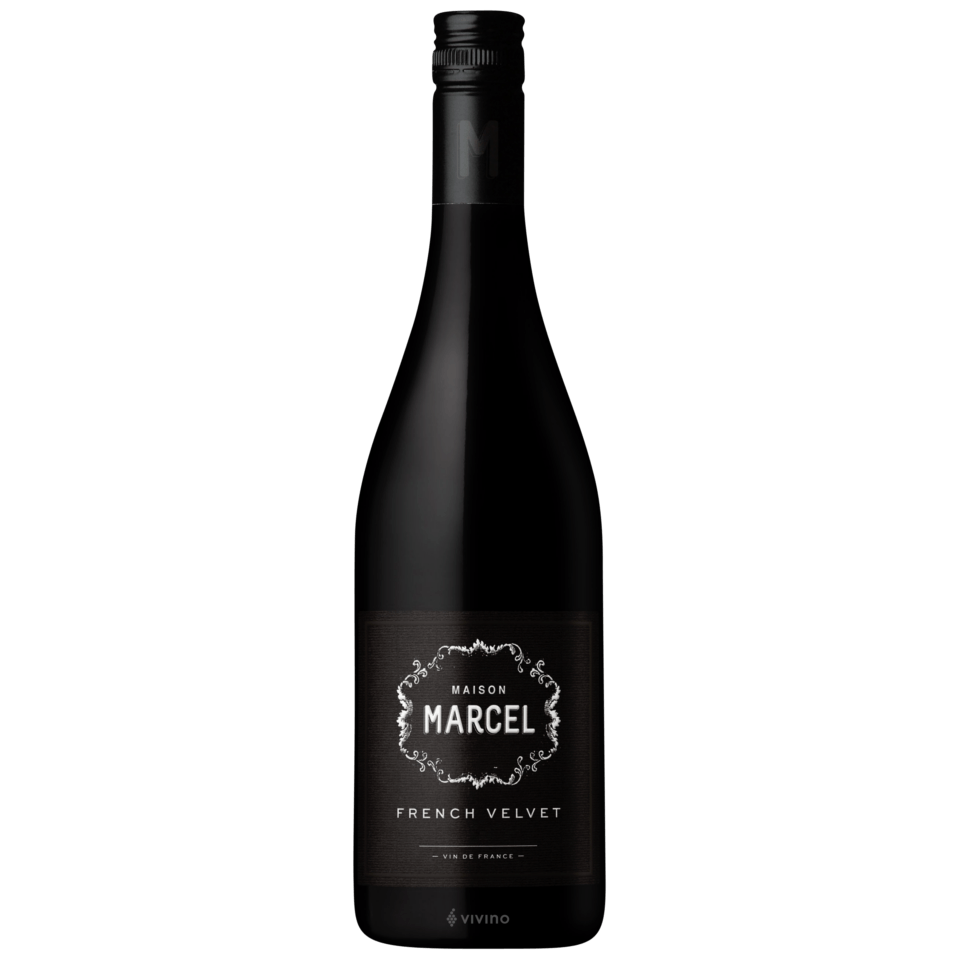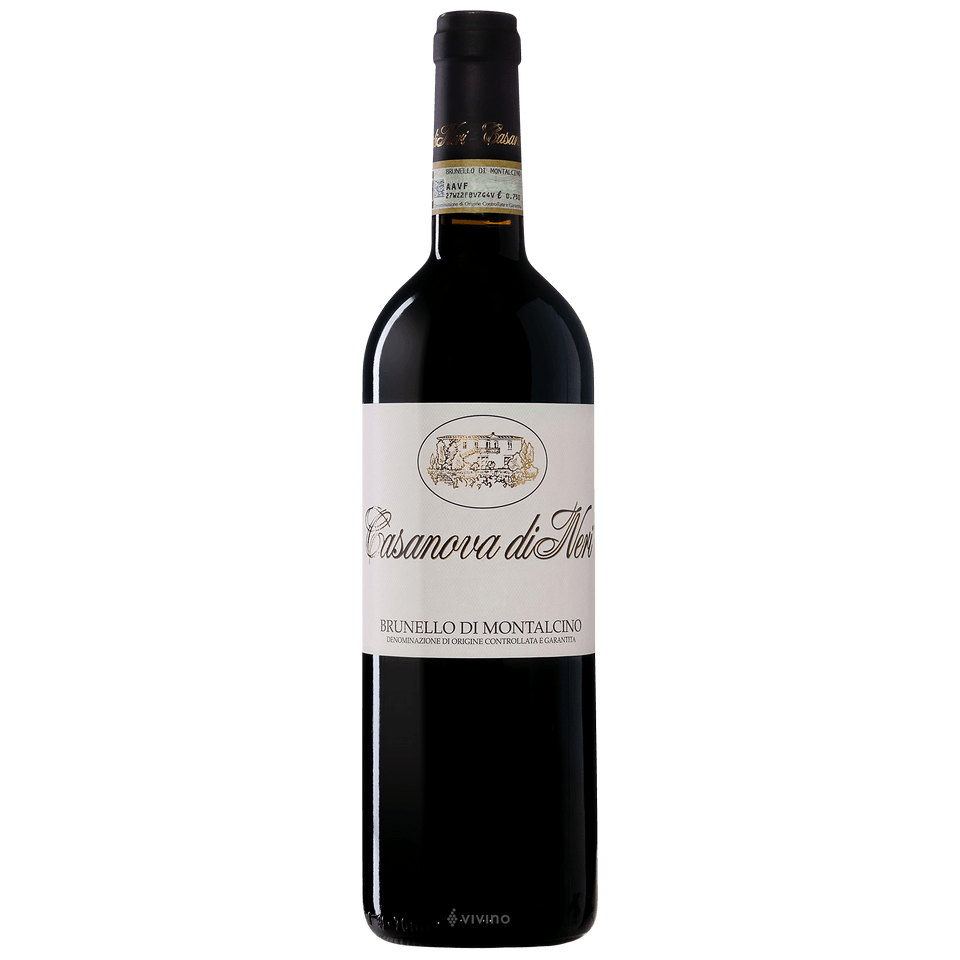2020 Maison Marcel French Velvet
2020 Maison Marcel French Velvet Deep notes of blackberry, plum, and dark chocolate dance together in a 2020 wine to remember.
Maison Albert Bichot
By Burgundian standards, Maison Albert Bichot is a large producer: smaller than Jadot, larger than Drouhin, perhaps similar in size to Bouchard Père & Fils. In its own right it owns 100ha (250 acres) of vines spread from Chablis to the Côte Chalonnaise. The company has been family-owned since 1831, and Albéric Bichot is the sixth generation to lead it. Approachable, open, and slightly mischievous, he is intimately acquainted with all of his company’s wines.
For many years, Maison Bichot was described as an “underachiever”—if, indeed, it was described at all—because a significant proportion of its production was bottled under the labels of the multiple domaines it owned: Domaine Long-Depaquit in Chablis, Domaines du Clos Frantin and Lupé-Cholet in Nuits-St-Georges, and Domaine du Pavillon in Pommard. Because of these many identities, Maison Albert Bichot was rarely in a writer’s focus.
So in 1996, when Albéric Bichot took charge, he decided to change the way they worked. To increase the quality of their négoce wines, they chose to take as much control as possible in the vineyards—the raw materials would be everything.
Although there are no official figures, Bichot, having moved away from buying must or wine in barrel, may now be the largest buyer of grapes in the Côte d’Or. The wines are vinified close to their vineyards by a local winemaker under the ever-watchful eye of Bichot’s head winemaker Alain Serveau, brother of Bernard in Morey-St-Denis. There is traditional vinification in open wooden vats, occasional whole cluster fermentations, and, wherever possible, the moving of wine by gravity—even for some of the generic Bourgogne cuvées.
For the domaines of the Côte d’Or, it is Christophe Chauvel who is responsible for Bichot’s approach in the vineyards. A veteran of Domaine Pierre Morey, where he also worked closely with Domaine Leflaive, his aim is simple: to deliver the best possible starting materials to the cuverie. Target yields are 35hl/ha for the crus, produced with an organic approach, though without certification as yet.
Related products
2019 Domaine des Lambrays Morey-Saint-Denis 2019 Domaine des Lambrays Morey-Saint-Denis, Nice red ruby color. The nose is expressive and intense: a lot of fruit such as raspberries, cherries, blackberries and blueberries all mixed together. The palate is juicy, full, and crispy, with a lovely fresh mineral character at the end. Thin-skinned, finicky and temperamental, Pinot [...]
2018 Ca’ del Baio Vallegrande Barbaresco 2018 Ca’ del Baio Vallegrande Barbaresco has a garnet red color; intense nose, with powerful fruit, dried flowers and underbrush; dry taste, smooth and rounded, ending in a warm finish with nicely-balanced tannins. A natural match for roast and terrine meats, mature cheeses and fondues, meat and vegetable soups. [...]
2019 Jean-Claude Bachelet Saint-Aubin 1er Cru Derriere La Tour Rouge 2019 Jean-Claude Bachelet Saint-Aubin 1er Cru Derriere La Tour Rouge Shedding a touch of youthful reduction to reveal aromas of plums, warm spices, rose petals and forest floor, the 2019 Saint-Aubin 1er Cru Derrière La Tour is medium to full-bodied, concentrated and lively, its deep [...]



